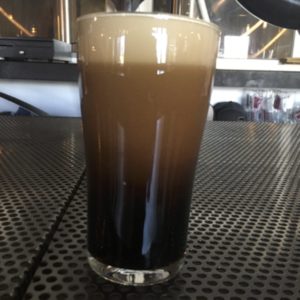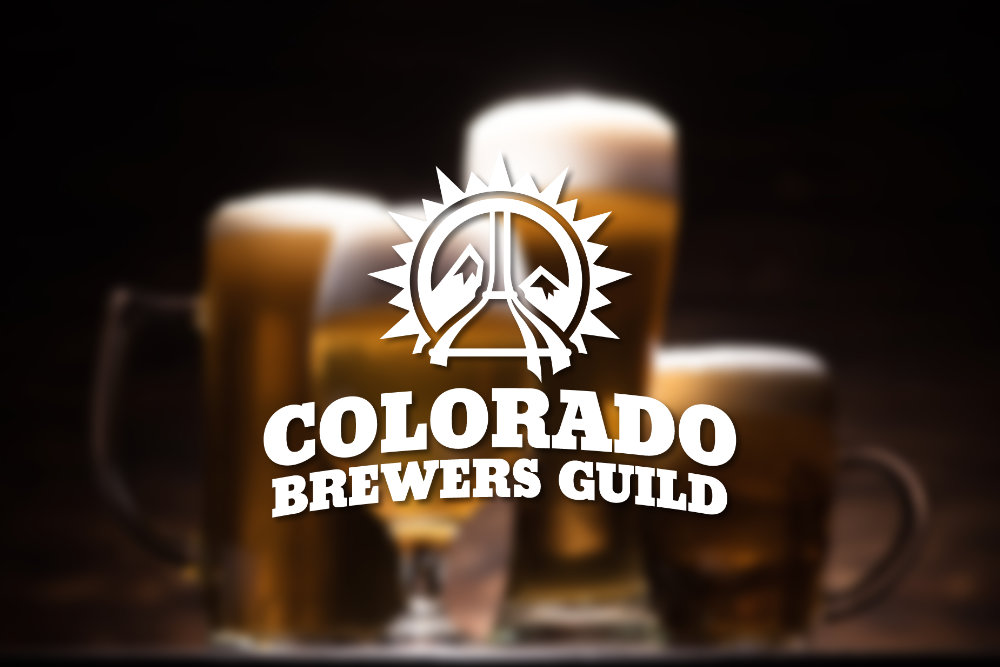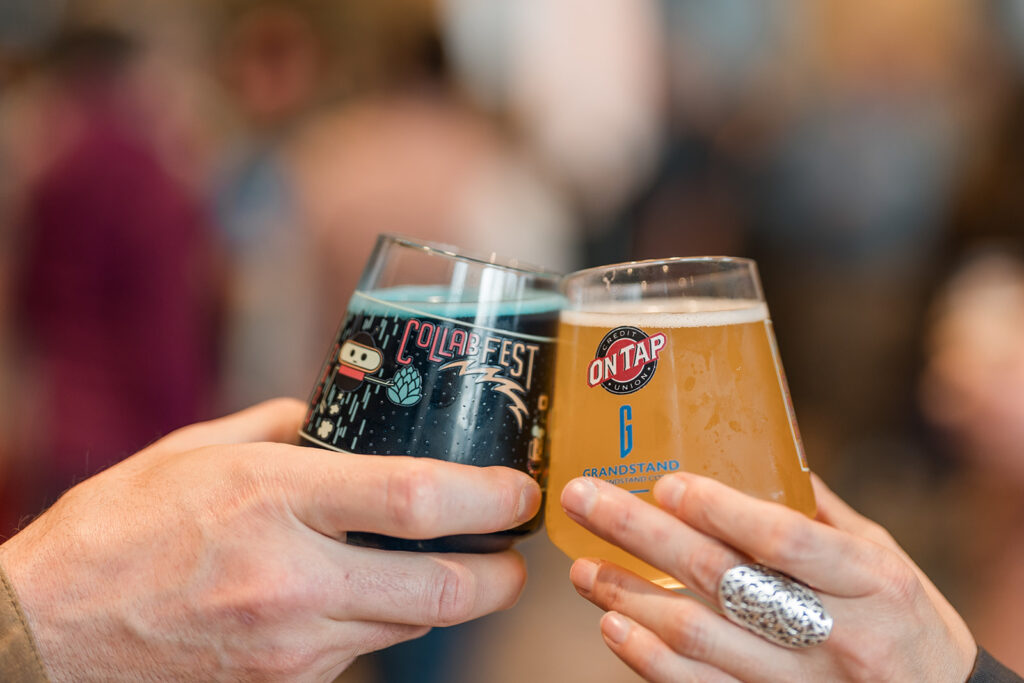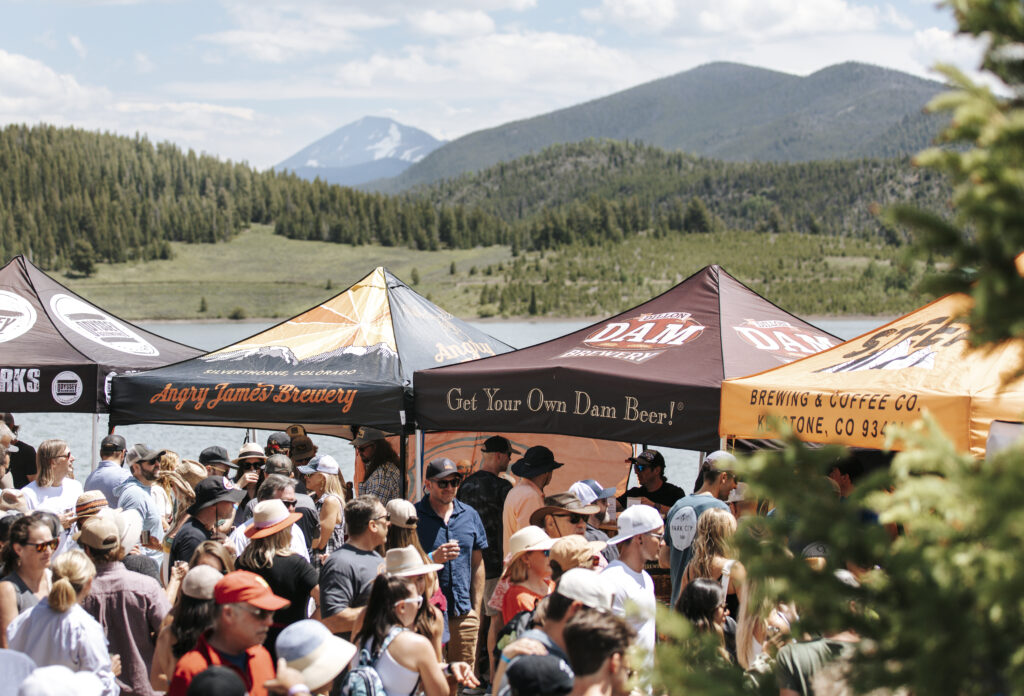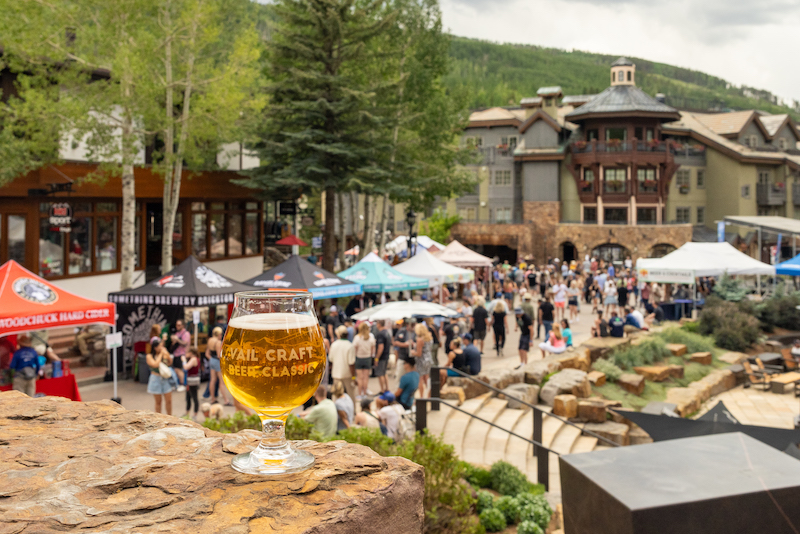Introduction to nitro:
Nitro is a method of serving beer that utilizes nitrogen gas to offer a unique beer drinking experience It was designed to simulate the pour of traditional cask beer with all the advantages of a modern draught system. A nitro beer is typically characterized by a big thick head, a smooth and creamy mouth feel as well as little to no carbonic bite.
______________________________________________________________________
The nitro draught system:
A typical nitro drought system consists of a nitrogen(N2) rich gas blend, as well as a specialized faucet. Because of the low carbonation in a nitro beer, a higher percentage of N2 in the serving gas is required to avoid over carbonating the beer once it is hooked to the draught system. The faucet is a cam-operated plunger style faucet with a specialized component called a restrictor plate.
As the beer passes through the faucet , the restrictor plate causes a sudden pressure drop as well as forces the beer through tiny holes. Together these cause the N2 in the beer to rapidly break out of solution. The rapid N2 breakout and the small amount of carbon dioxide(CO2)in the beer cause the iconic “cascade” of a nitro beer. As the beer cascades, the bubbles condenses at the top and become a thick and heavy head.
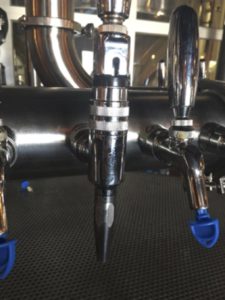
______________________________________________________________________
Preparing beer to be poured on nitro:
To prepare a beer to be poured on a nitro system you must dissolve both a relatively small amount of CO2 and a small amount of N2 into the beer. The most common way to dissolve both gases in the beer through a normal carbonation stone. This can be done either by using a blended gas (70% N2 / 30% CO2 is common), or by pushing N2 through the stone at high pressure after the beer is carbonated. There are also more advanced and specialized in-line injectors that are used by larger breweries. According the BA’s Draught Beer Quality Manual the CO2 volumes dissolved in draught beer should be between 1.1 and 1.7 volumes. At our brewery we target 1.2 volumes of CO2 and 45-55 ppm N2 dissolved in solution.
______________________________________________________________________
Beers poured on nitro:
Really any beer can be served on nitro, but the system does typically highlight specific components of a beer’s flavor that go well with a full mouthfeel. Commonly the system is used to showcase malt derived flavors like breadiness, roastiness, or melanoidin flavors. Due to the lower gas retention of a nitro beer, another common impact to the beer flavor is that some aromatic properties of the beer can be subdued or fleeting. Typical styles include English bitters, milds, and porters, but also browns, and stouts are common. That isn’t to say though that other styles of beer can’t be served this way for unique and novel flavors. Enjoy!
